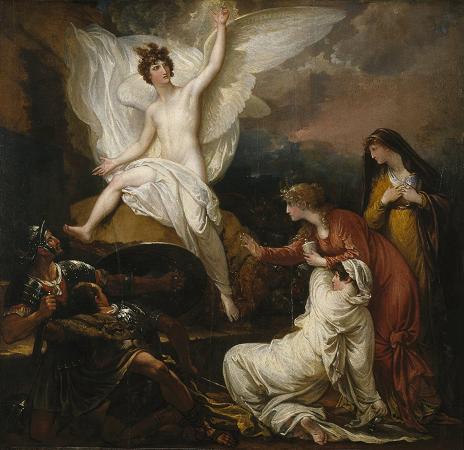Three Marys. The Three Marys or Maries are women mentioned in the canonical gospel's narratives of the crucifixion and resurrection of Jesus, several of whom were, or have been considered by Christian tradition, to have been named Mary. The Gospels give the name Mary to several individuals. At various points of Christian history, some of these women have been conflated with one another. Mary, mother of Jesus. Mary Magdalene. Mary of Jacob. Mary of Clopas. Mary of Bethany. Another woman who appears in the Crucifixion and Resurrection narratives is Salome, who, in some traditions, is identified as being one of the Marys, notwithstanding having a different name. In such cases, she is referred to as Mary Salome. Other women mentioned in the narratives are Joanna and the mother of the sons of Zebedee. Different sets of three women have been referred to as the Three Marys: Three Marys present at the crucifixion of Jesus;. Three Marys at the tomb of Jesus on Easter Sunday;. Three Marys as daughters of Saint Anne. The presence of a group of female disciples of Jesus at the crucifixion of Jesus is found in all four Gospels of the New Testament. Differences in the parallel accounts have led to different interpretations of how many and which women were present. In some traditions, as exemplified in the Irish song Caoineadh na dTri Muire, the Three Marys are the three whom the Gospel of John mentions as present at the crucifixion of Jesus: Mary. Mary Magdalene. Mary of Clopas. These three women are very often represented in art, as for example in El Greco's Disrobing of Christ. The Gospels other than that of John do not mention Jesus' mother or Mary of Clopas as being present. Instead they name Mary of Jacob, Salome, and the mother of the sons of Zebedee. This name is used for a group of three women who came to the sepulchre of Jesus. In Eastern Orthodoxy they are among the Myrrhbearers, a group that traditionally includes a much larger number of people. All four gospels mention women going to the tomb of Jesus, but only Mark 16:1 mentions the three that this tradition interprets as bearing the name Mary: Mary Magdalene. Mary of Clopas. Mary Salome. The other gospels give various indications about the number and identity of women visiting the tomb: John 20:1 mentions only Mary Magdalene, but has her use the plural, saying: We do not know where they have laid him. Matthew 28:1 says that Mary Magdalene andthe other Mary went to see the tomb. Luke 24:10 speaks of Mary Magdalene and Joanna and Mary of Jacob, and adds the other women, after stating earlier that at the burial of Jesus the women who had come with him from Galilee. saw the tomb and how his body was laid. The Roman Martyrology commemorates Mary Magdalene on 22 July. On 24 April it commemorates Mary of Cleopas and Salome, who, with Mary Magdalene, came very early on Easter morning to the Lord's tomb, to anoint his body, and were the first who heard the announcement of his resurrection. What may be the earliest known representation of three women visiting the tomb of Jesus is a fairly large fresco in the Dura-Europos church in the ancient city of Dura Europos on the Euphrates. The fresco was painted before the city's conquest and abandonment in AD 256, but it is from the 5th century that representations of either two or three women approaching a tomb guarded by an angel appear with regularity, and become the standard depiction of the Resurrection. They have continued in use even after 1100, when images of the Resurrection of Jesus in Christian art began to show the risen Christ himself. Examples are the Melisende Psalter and Peter von Cornelius's The Three Marys at the Tomb. Eastern icons continue to show either the Myrrhbearers or the Harrowing of Hell. The fifteenth-century Easter hymn O filii et filiae refers to three women going to the tomb on Easter morning to anoint the body of Jesus. The original Latin version of the hymn identifies the women as Mary Magdalene, Mary of Joseph, and Salome. A medieval legendary account had Mary Magdalene, Mary of Jacob and Mary Salome, Mark's Three Marys at the Tomb, or Mary Magdalene, Mary of Cleopas and Mary Salome, with Saint Sarah, the maid of one of them, as part of a group who landed near Saintes-Maries-de-la-Mer in Provence after a voyage from the Holy Land. The group sometimes includes Lazarus, who became bishop of Aix-en-Provence, and Joseph of Arimathea. They settled at Saintes-Maries-de-la-Mer, where their relics are a focus of pilgrimage. The feast of the Three Marys was celebrated mainly in France and Italy, and was accepted by the Carmelite Order into their liturgy in 1342.
more...







